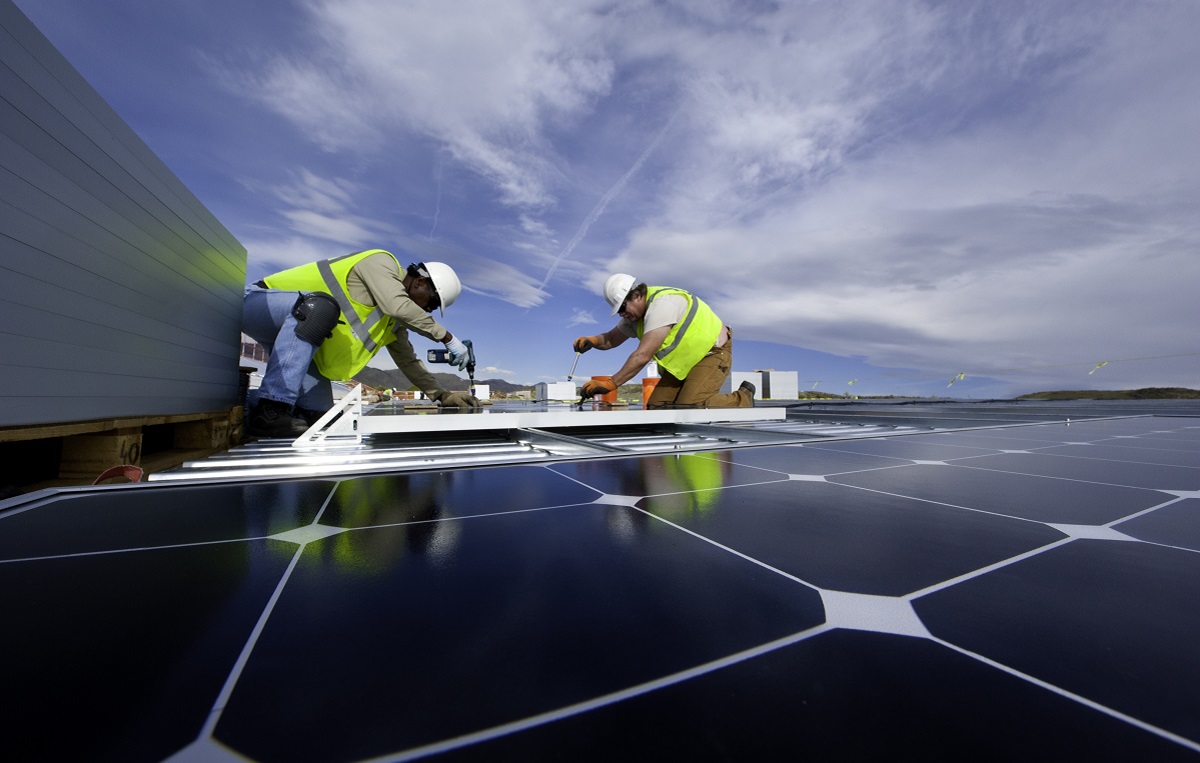Our planet and our country are in crisis. In fact, we stand at the crossroads of multiple, intersecting crises that are threatening our species: climate change, a global pandemic, and systemic racism. We can’t solve any of these crises without addressing all of them together.
While addressing these multiple crises may seem daunting, the House Select Committee on the Climate Crisis just released a 500+ page Action Plan on the Climate Crisis that places environmental justice at the center of climate and environmental policy. Furthermore, it recognizes that if we use COVID-19 recovery funds to make a down payment on green infrastructure and green jobs, we’ll put ourselves on the path to a more just, resilient, and sustainable future.
As the COVID-19 pandemic, systemic racism, and climate change continues to ravage our health, our values and our economy, President Trump and Senate Republican Leadership have chosen to use this moment to further kick and stomp the American people, especially black and brown communities, while we’re down. They use fear and division to distract us from the cold hard truth that they have no plan for recovery from this pandemic, no plan to stop racial violence and inequality, and become an actively anti-racist country and no plan to save our planet from climate change. In contrast, the policy blueprint laid out by the House Select Committee is estimated to avoid at least 62,000 premature deaths every year by 2050, and provide nearly $8 trillion in climate and health benefits through 2050. The Select Committee has given Congress a plan to prevent children from growing up in poverty and pollution, to make sure people can access good-paying green jobs, and to keep the climate emergency from devastating primarily Black communities, Indigenous communities, and communities of color. Now, we must keep pushing Congress to take action on the scale science and justice demands.
The Sierra Club knows full well that we cannot and will not stop pushing Congress to do more on climate and injustice. And this report is clearly the most detailed, robust congressional plan on climate change we have seen to date. This report represents a shift in Congress towards a comprehensive plan on climate with justice at the center, as Julian Brave NoiseCat so eloquently argued. The committee’s plan is organized around 12 pillars of action Congress can take right now to get the US on track to cut greenhouse gas pollution to net zero by 2050 with an interim goal of reducing emissions worldwide 45 percent by 2030 -- which will enable us to avert the worst impacts of climate change.
Here’s how they plan to do it:
-
Put Americans back to work in clean energy jobs.
-
Support rapid deployment of wind, solar, energy efficiency, and other zero-carbon energy sources and construction of new transmission infrastructure to deliver clean energy to homes.
-
Limit new leasing for fossil fuel extraction on public lands onshore and offshore.
-
Protect at least 30 percent of all US lands and ocean areas by 2030, prioritizing areas with high ecological, biodiversity, and carbon sequestration value.
-
Create jobs through conservation and reclamation by reestablishing the Civilian Conservation Corps, creating a Climate Resilience Service Corps, and restoring abandoned coal mines and oil and gas wells.
-
Launch a National Climate Adaptation Program and support state, local, tribal, and territorial governments to ensure homes, businesses, and critical infrastructure can withstand the impacts of climate change.
Most importantly, the plan addresses environmental justice throughout each of its 12 pillars. This plan was the result of a historic effort to engage and listen to environmental justice communities -- communities located near mines, power plants, ports, or other polluting facilities whose members are exposed to unacceptably high levels of pollution. These are usually communities of color, Indigenous communities, or low-income communities. The Select Committee held 17 hearings and six roundtables and visited environmental justice groups working on the ground with communities while also consulting with more than one thousand stakeholders and scientists and soliciting feedback from a diverse set of organizations. Because of the powerful advocacy of environmental justice communities, an entire pillar of the plan is “Invest in Overburdened Communities to Cut Pollution and Advance Environmental Justice.”
The report’s environmental justice recommendations include
-
Prioritize environmental justice communities for new federal spending and projects to deploy clean energy and infrastructure
-
Ensure meaningful federal engagement and consultation with environmental justice communities
-
Increase the capacity of EJ communities to participate in the policymaking process
-
Ensure equitable access to clean energy in environmental justice communities
-
Ensure federal agency adaptation plans address climate impacts on environmental justice communities and vulnerable populations, who are hit hardest by hurricanes, wildfires, and other climate disasters.
We must invest first in Black, Indigenous, Latinx, and other communities of color which have for too long born the brunt of pollution. And to solve the climate crisis, we need to dismantle the systemic racism that has allowed these areas to be deemed environmental sacrifice zones in the first place.
